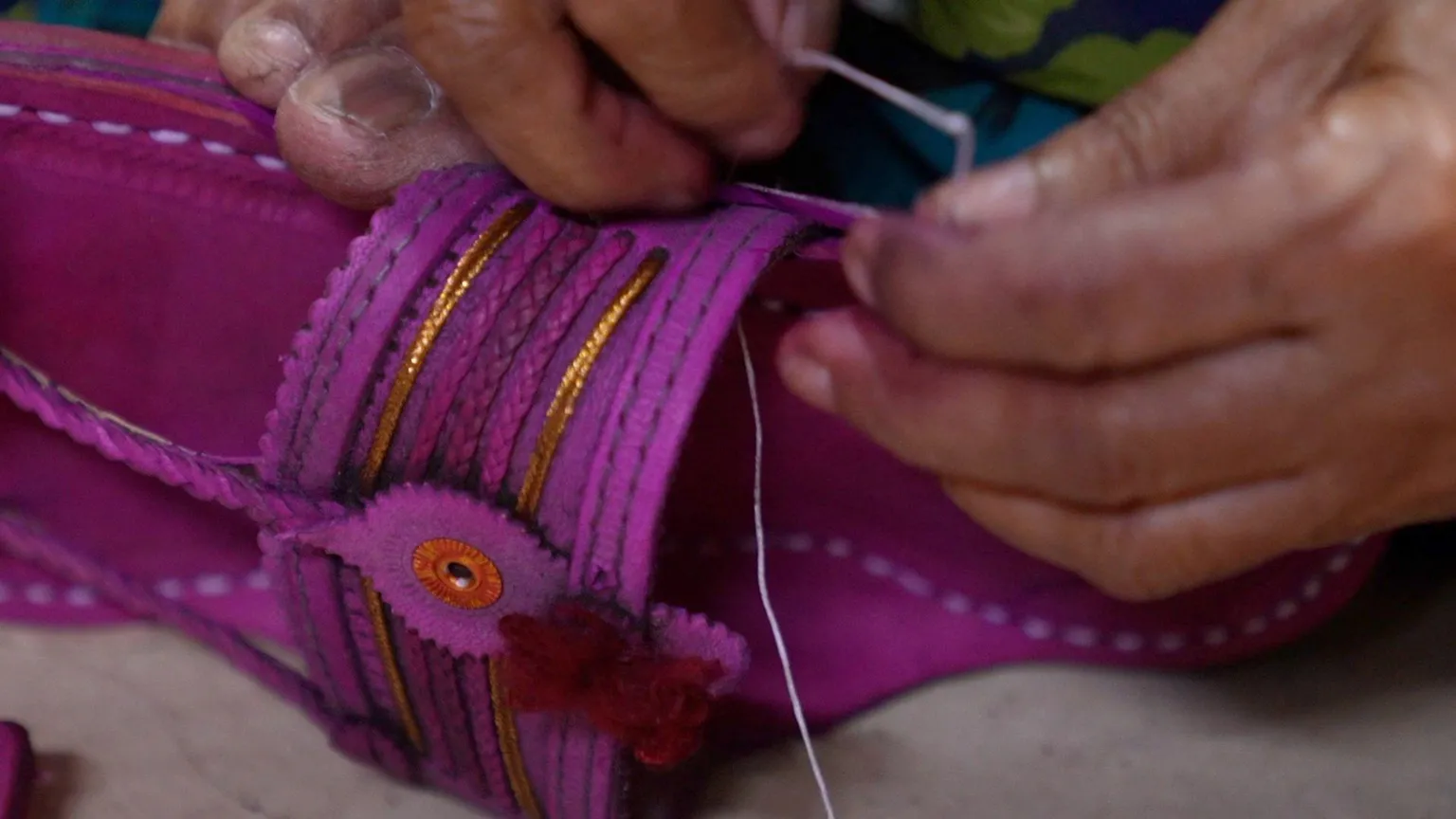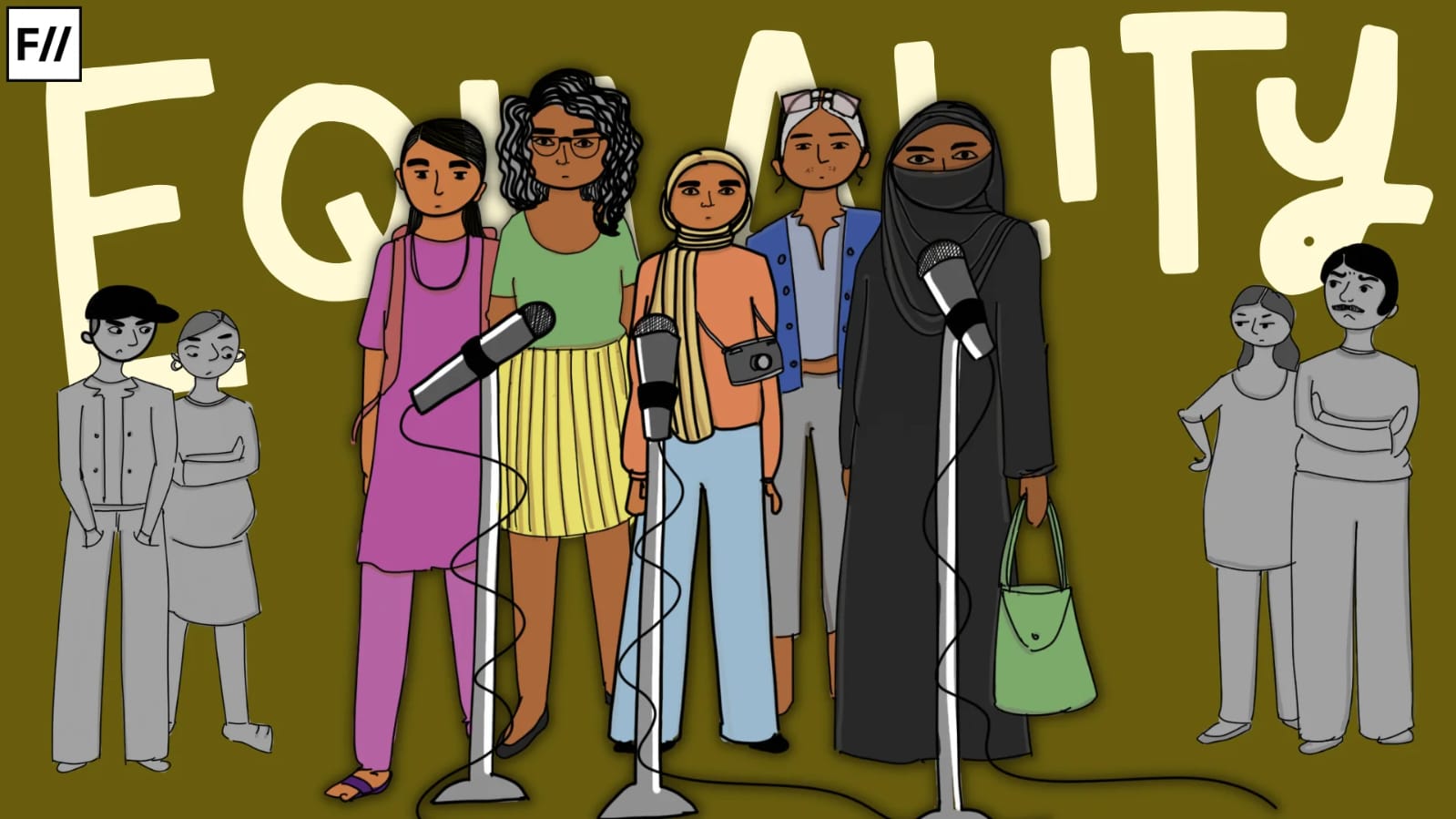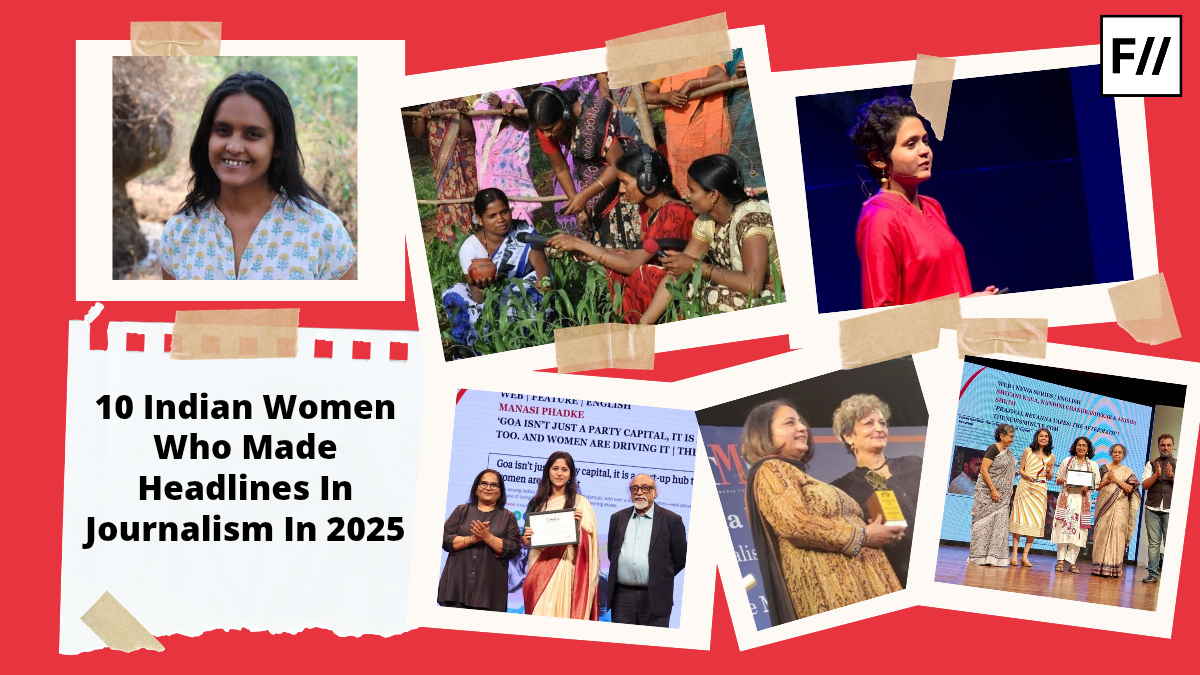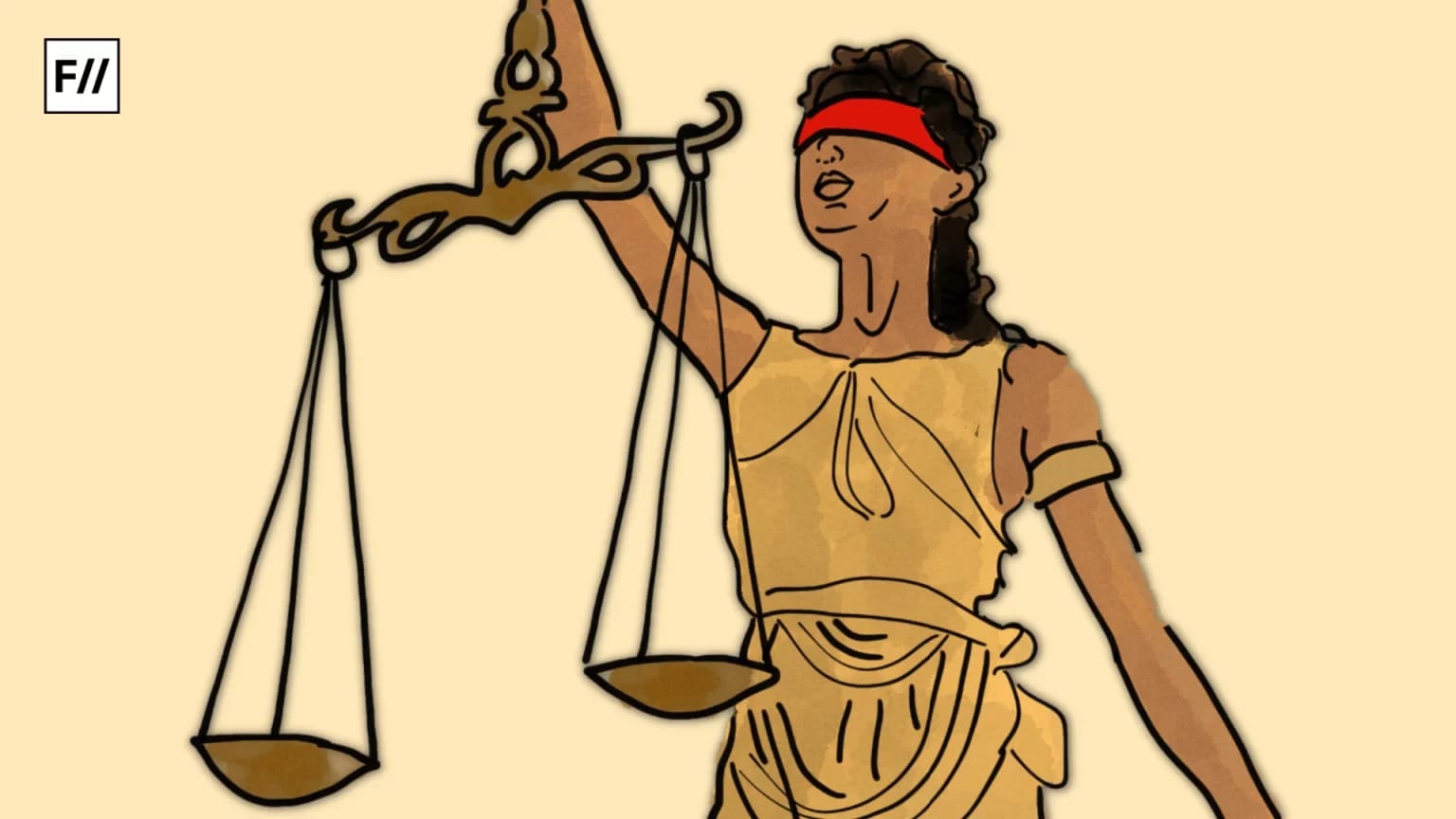The last few weeks have seen major upheaval within the tumultuous horizons of Indian social media, with allegations of “cultural appropriation” abounding. When global luxury brand Prada unveiled a new line of footwear that bore a striking resemblance to the Kolhapuri sandals, shoes familiar to anyone with an inkling of Indian “ethnic” wear. The brand had not acknowledged the roots of these sandals, nor credited any artisans, and the price was not disclosed. Estimations ranged from £600 to £1000, based on the retail rates of its other sandals on its website.
Backlash by privileged Indians ignorant of caste appropriation
Harsh Goenka, chairman of RPG Enterprises, tweeted on X, ‘Prada is selling products looking like Kolhapuri chappals for over ₹1 lakh. Our artisans make the same by hand for ₹400. They lose, while global brands cash in on our culture. Sad!’ His tweet is one of several that call out this blatant cultural theft. After a flurry of news media outlets picking this up, a supposed dig Kareena Kapoor at from the brand, a series of complaints and responses from Maharashtra Development Commission and Maharashtra Chamber of Commerce, Industry and Agriculture, and the filing of a PIL – Prada said in a statement to BBC, “The company has ‘always celebrated craftsmanship, heritage and design traditions’, adding that it was ‘in contact with the Maharashtra Chamber of Commerce, Industry & Agriculture on this topic.'” They also assured the MCCIA about a collaborative venture, with a possible partnership with the artisans who are the original makers and conservators of the shoes in question.
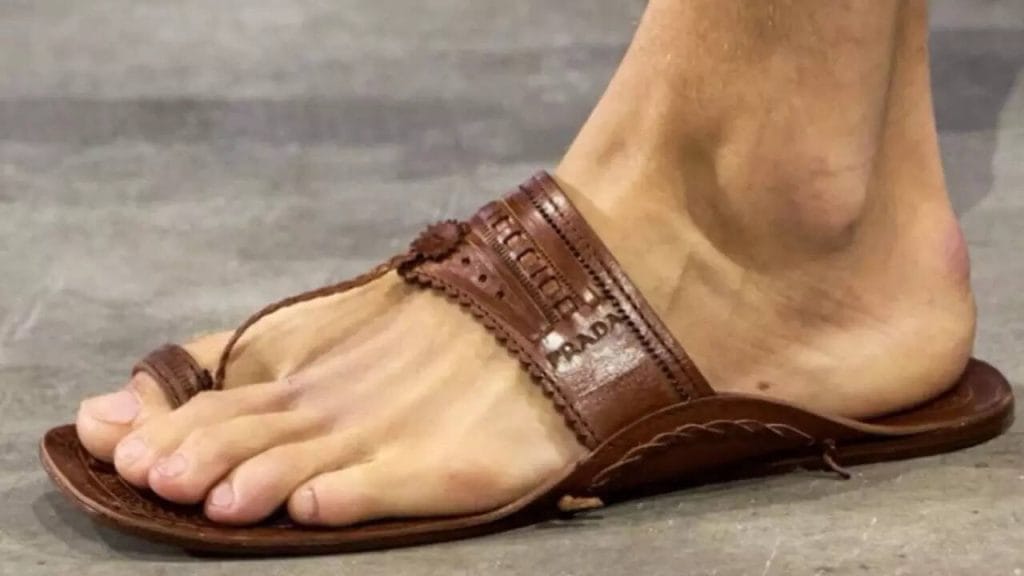
This debacle also gained more ground with the propagation of other forms of Indian apparel, like the dupatta, gaining ground among designers and influencers in the West as a “Scandinavian scarf” while models and consumers sported clothing eerily resembling a mutated form of the salwar-kameez. All these conversations are necessary — they point out and criticise the contemporary strains of colonialism and gentrification of the craft of the Global South, and mention the well-being of “artisan clusters” and make comparisons between the original artisans’ rates and the corporation’s. However, none of them seemed to take any interest in matters regarding the actual well-being of these communities and their present situation, detached from this specific situation, nor the central issue of caste and the patterns of savarna consumption.
Beneath the surface: The invisibilisation of Dalit artisans and their labour
Purushu Arie, in an article for The Hindu, wrote, “When Italian luxury house Prada recently unveiled its version of the Kolhapuri chappal, Indian social media was quick to react. Accusations of cultural appropriation and erasure followed, accompanied by demands for proper attribution and a wider call to ‘decolonise fashion’. But what if the cultural erasure didn’t start with Prada, or with the West? What if the deeper, older story is not just about colonial appropriation, but about caste-based appropriation from within?
Beneath the Indian diaspora’s outrage lies a deeper, more uncomfortable truth: the issue isn’t just about what is being borrowed, but who gets to borrow and who doesn’t. The Kolhapuri controversy exposes not only colonial legacies but also the casteist dynamics embedded within India’s cultural economy.”
“What if the cultural erasure didn’t start with Prada, or with the West? What if the deeper, older story is not just about colonial appropriation, but about caste-based appropriation from within? The Kolhapuri controversy exposes not only colonial legacies but also the casteist dynamics embedded within India’s cultural economy.”
Leatherwork has been deeply stigmatised in India historically because of its proximity to animal hides. The Kolhapuri chappals are crafted by the Charmakar (also known as Chamars), Dhor and Matang people, belonging to scheduled caste communities who are often put under the umbrella of the “Indian” or “Maharashtrian” label, erasing the caste-specific labour dynamics that are associated with this profession. There has also been little mention of the dismal conditions that most of the artisans behind the Kolhapuri sandals have to face, affecting them socio-economically. While nearly 100,000 artisans are involved in this industry, according to the MCCIA, most of them are relegated to working in an informal economy with extremely low daily incomes.
Although Kolhapuri sandals have been given a GI tag with regard to authenticity markers, artisans can barely keep up with the influx of machine-made, cheap synthetic copies that have flooded the markets, which Indian consumers have no issue purchasing, although this puts the artisans in a detrimental position. Moreover, with the election of the BJP at the centre, and the 2015 ban of the Maharashtra government on cow slaughtering, artisans are having to source the leather from other states, more expensively.
All quiet on the Indian front: Problematising “cultural theft”
The problems of cultural theft, it seems, are only acknowledged when it exists in the colonial dimension – when a Western “other” decides to take what’s “ours”. There is, however, a larger question – what is this “ours” that we speak of? The rendering of cultural theft into an “western colonization” issue acts as a defanging of sorts – where theft is only defined by nationality, and the imagined ideals of the “others (westerners) with a colonial past” and “us (Indians) subjugated by this colonial legacy” erases India’s own violent and troubling history of marginalizing and subjugating its citizens in systemic and structural ways. This is not a standalone phenomenon; it keeps recurring and is a structural part of our culture.
As a Savarna Bengali person, I saw the intermixing of Santhali fashion with the Bengali bhadralok’s repertoire of apparel. I was also afforded the blissful ignorance of the same, where this homogenization of all these distinct identities of craft under the “Bengali” banner almost seemed natural. Aastha Jani writes in another article on FII, “Upper-caste Hindu folks often exhibit a distinct tendency to play the victim card in the diaspora while simultaneously engaging in the cultural exploitation of Adivasi, Dalit and Muslim communities in the homeland. They fail to concede that they possess the Indian equivalent of white privilege. Their stark hypocrisy arguably reflects itself best in instances wherein they call out white people for their misappropriation of the bindi and the sari and yet reproduce identical acts of exploitation directed at India’s subaltern communities.” This history of theft, of course, is not limited to fashion.
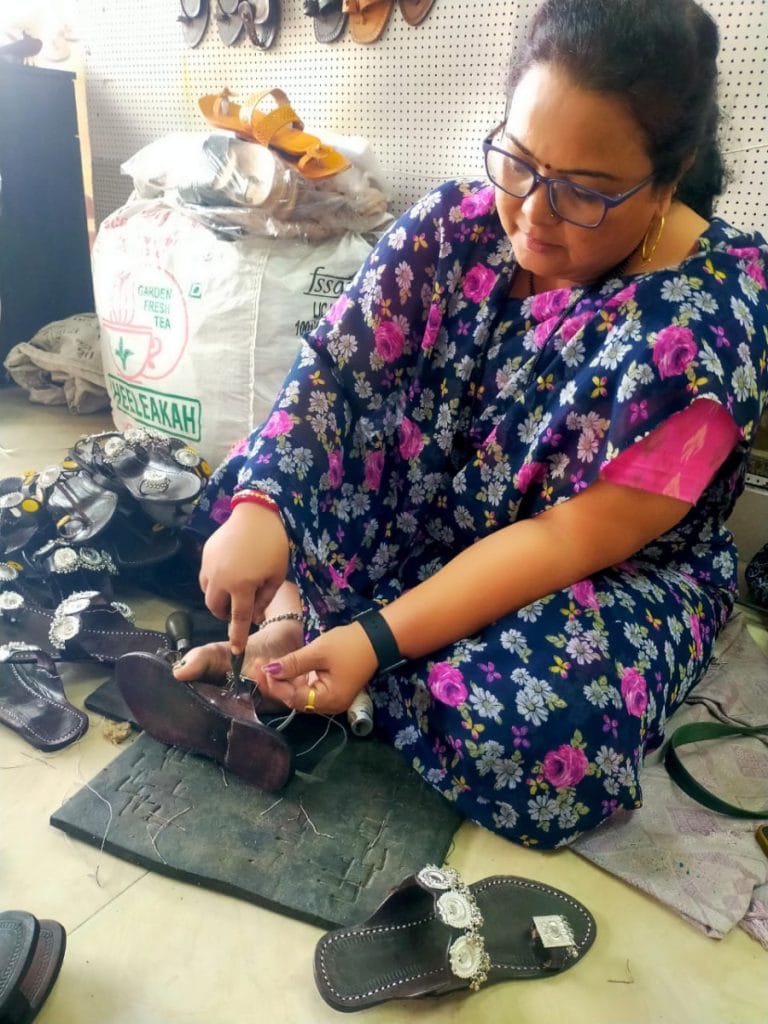
Shilpa Mudbi, in conversation with BehanBox, pointed out that there is almost no mainstream conversation regarding the appropriation of Dalit material in the arts — ‘In October, Shilpa found that ‘these songs [Yellammanaata, an epic told generationally through music and theatre], unique to her community, were used in a Marathi play without due credit, sung incorrectly, and miscredited to a theatre collective Shilpa was formerly associated with.
“Upper-caste Hindu folks often exhibit a distinct tendency to play the victim card in the diaspora while simultaneously engaging in the cultural exploitation of Adivasi, Dalit and Muslim communities in the homeland. They fail to concede that they possess the Indian equivalent of white privilege.“
She alleges that there have been at least four instances in recent years when stories of and from the community were appropriated for big-stage productions without credit or context. “The appropriation, misuse, and damage outnumber genuine love or appreciation for the folk music I came to perform and popularise,” she wrote in a post.
This process of crediting is not new – when neocolonial strategies negotiate with nations that replicate their tactics on their marginalised, there is inevitable flattening of discourse to the advantage of the more privileged.
“Until now, the Kohlapuris hadn’t been considered part of the ‘cool’ or aspirational footwear space in India’s luxury market … I truly believe in the ripple effect of what Prada has done,” said Shirin Mann to The Guardian, the founder of Needledust, a label known for its contemporary take on traditional Indian embroidered slip-on. If critics of cultural appropriation are to face the bevvy of people saying that this is the inevitability of globalisation, and Prada has tapped into a market unappreciated by Indians, which is not completely untrue, and critique “cultural theft”, then the same safeguarders should also dismantle the idea of the cultural monolith of what is Indian, and focus on the patronisation of the very arts that they seem to value, only when in possession of someone “foreign”. Otherwise, it just boils down to anger at the unanticipated exchange of hands, ignorant of who it exploits.
About the author(s)
Saptaparna Samajdar (she/they) is a freelance journalist based in Mumbai. Her interests are primarily music and urban politics.
